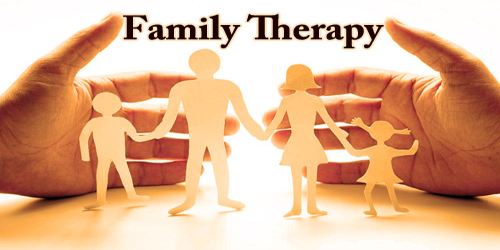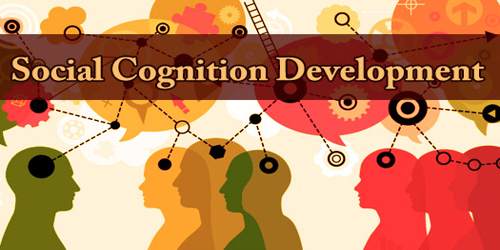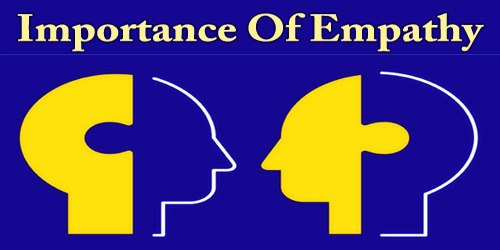Family Therapy is a branch of psychotherapy that involves all members of a nuclear family or stepfamily and, in some cases, members of the extended family (e.g., grandparents). A therapist or team of therapists conducts multiple sessions to help families deal with important issues that may interfere with the functioning of the family and the home environment. It also referred to as couple and family therapy, marriage and family therapy, family systems therapy, and family counseling.
The different schools of family therapy have in common a belief that, regardless of the origin of the problem, and regardless of whether the clients consider it an “individual” or “family” issue, involving families in solutions often benefits clients. This involvement of families is commonly accomplished by their direct participation in the therapy session. The skills of the family therapist thus include the ability to influence conversations in a way that catalyzes the strengths, wisdom, and support of the wider system.
If we are born into a healthy family with healthy relationships, we are likely to learn how to maintain healthy relationships. If we are born into a dysfunctional family that struggles to connect, we may also struggle to connect with others.
While it is certainly unlucky to be born into the second kind of family, it’s not an unchangeable situation. Nearly all families deal with some sort of dysfunction at one time or another, yet most families retain or regain a sense of wholeness and happiness.
Family therapy offers families a way to do this a way to develop or maintain a healthy, functional family. It can help us improve troubled relationships with our partner, children or other family members. We may address specific issues such as marital or financial problems, a conflict between parents and children, or the impact of substance abuse or a mental illness on the entire family.
The goal of family therapy is to help family members improve communication, solve family problems, understand and handle special family situations (for example, death, serious physical or mental illness, or child and adolescent issues), and create a better functioning home environment. For families with one member who has a serious physical or mental illness, family therapy can educate families about the illness and work out problems associated with the care of the family member. For children and adolescents, family therapy most often is used when the child or adolescent has a personality, anxiety, or mood disorder that impairs their family and social functioning, and when a stepfamily is formed or begins having difficulties adjusting to the new family life. Families with members from a mixture of racial, cultural, and religious backgrounds, as well as families made up of same-sex couples who are raising children, may also benefit from family therapy.
Family therapy can be useful in any family situation that causes stress, grief, anger or conflict. It can help us and our family members understand one another better and learn coping skills to bring us closer together.
In the field’s early years, many clinicians defined the family in a narrow, traditional manner usually including parents and children. As the field has evolved, the concept of the family is more commonly defined in terms of strongly supportive, long-term roles and relationships between people who may or may not be related by blood or marriage. The conceptual frameworks developed by family therapists, especially those of family systems theorists, have been applied to a wide range of human behavior, including organizational dynamics and the study of greatness.
According to Licensed Clinical Social Worker Laney Cline King, these are the most common types of family therapy:
- Bowenian: this form of family therapy is best suited for situations in which individuals cannot or do not want to involve other family members in the treatment. Bowenian therapy is built on two core concepts: triangulation (the natural tendency to vent or distress by talking to a third party) and differentiation (learning to become less emotionally reactive in family relationships);
- Structural: Structural therapy focuses on adjusting and strengthening the family system to ensure that the parents are in control and that both children and adults set appropriate boundaries. In this form of therapy, the therapist “joins” the family in order to observe, learn, and enhance their ability to help the family strengthen their relationships;
- Systemic: The Systemic model refers to the type of therapy that focuses on the unconscious communications and meanings behind family members’ behaviors. The therapist in this form of treatment is neutral and distant, allowing the family members to dive deeper into their issues and problems as a family;
- Strategic: This form of therapy is more brief and direct than the others, in which the therapist assigns homework to the family. This homework is intended to change the way family members interact by assessing and adjusting the way the family communicates and makes decisions. The therapist takes the position of power in this type of therapy, which allows other family members who may not usually hold as much power to communicate more effectively.
Ideas and methods from family therapy have been influential in psychotherapy generally: a survey of over 2,500 US therapists in 2006 revealed that of the 10 most influential therapists of the previous quarter-century, three were prominent family therapists and that the marital and family systems model was the second most utilized model after cognitive behavioral therapy.
Family therapy uses a range of counseling and other techniques including:
- Structural therapy – identifies and re-orders the organization of the family system
- Strategic therapy – looks at patterns of interactions between family members
- Systemic/Milan therapy – focuses on belief systems
- Narrative therapy – restoring of dominant problem-saturated narrative, emphasis on context, separation of the problem from the person
- Transgenerational therapy – transgenerational transmission of unhelpful patterns of belief and behavior
- IPscope model and Interventive Interviewing
- communication theory
- psychoeducation
- psychotherapy
- relationship counseling
- relationship education
- systemic coaching
- systems theory
- reality therapy
- the genogram
The number of sessions depends on the situation, but the average is 5-20 sessions. A family therapist usually meets several members of the family at the same time. This has the advantage of making differences between the ways family members perceive mutual relations as well as interaction patterns in the session apparent both for the therapist and the family.
The chief risk in family therapy is the possible unsettling of rigid personality defenses in individuals or relationships that had been fragile before the beginning of therapy. Intensive family therapy may also be difficult for family members with diagnosed psychological disorders. Family therapy may be especially difficult and stressful for children and adolescents who may not fully understand interactions that occur during family therapy. Adding individual therapy to family therapy for children and adolescents with the same therapist (if appropriate) or a therapist who is aware of family therapy can be helpful.
Normal results vary, but in good circumstances, they include greater insight, increased differentiation of individual family members, improved communication within the family, loosening of previously automatic behavior patterns, and resolution of the problem that led the family to seek treatment.
The benefits of family therapy include:
- A better understanding of healthy boundaries and family patterns and dynamics;
- Enhanced communication;
- Improved problem solving;
- Deeper empathy;
- Reduced conflict and better anger management skills
Family therapy has an evolving evidence base. A summary of current evidence is available via the UK’s Association of Family Therapy. Evaluation and outcome studies can also be found on the Family Therapy and Systemic Research Centre website. The website also includes quantitative and qualitative research studies of many aspects of family therapy.
According to a 2004 French government study conducted by the French Institute of Health and Medical Research, family and couples therapy was the second most effective therapy after Cognitive behavioral therapy. The study used a meta-analysis of over a hundred secondary studies to find some level of effectiveness that was either “proven” or “presumed” to exist. Of the treatments studied, family therapy was presumed or proven effective at treating schizophrenia, bipolar disorder, anorexia, and alcohol dependency.
Children and adolescents in stepfamilies often have difficulties adjusting, and participating in family therapy can be beneficial. Home-based family therapy has in the early 2000s become available as an option for families with severely disturbed adolescents and family members reluctant to see a therapist. In home-based therapy, a therapist or team of therapists comes directly to the family’s home and conducts therapy sessions there. The American Association for Marriage and Family Therapy requires members to adhere to a “Code of Ethics”, including a commitment to “continue therapeutic relationships only so long as it is reasonably clear that clients are benefiting from the relationship.”
Information Sources:
















